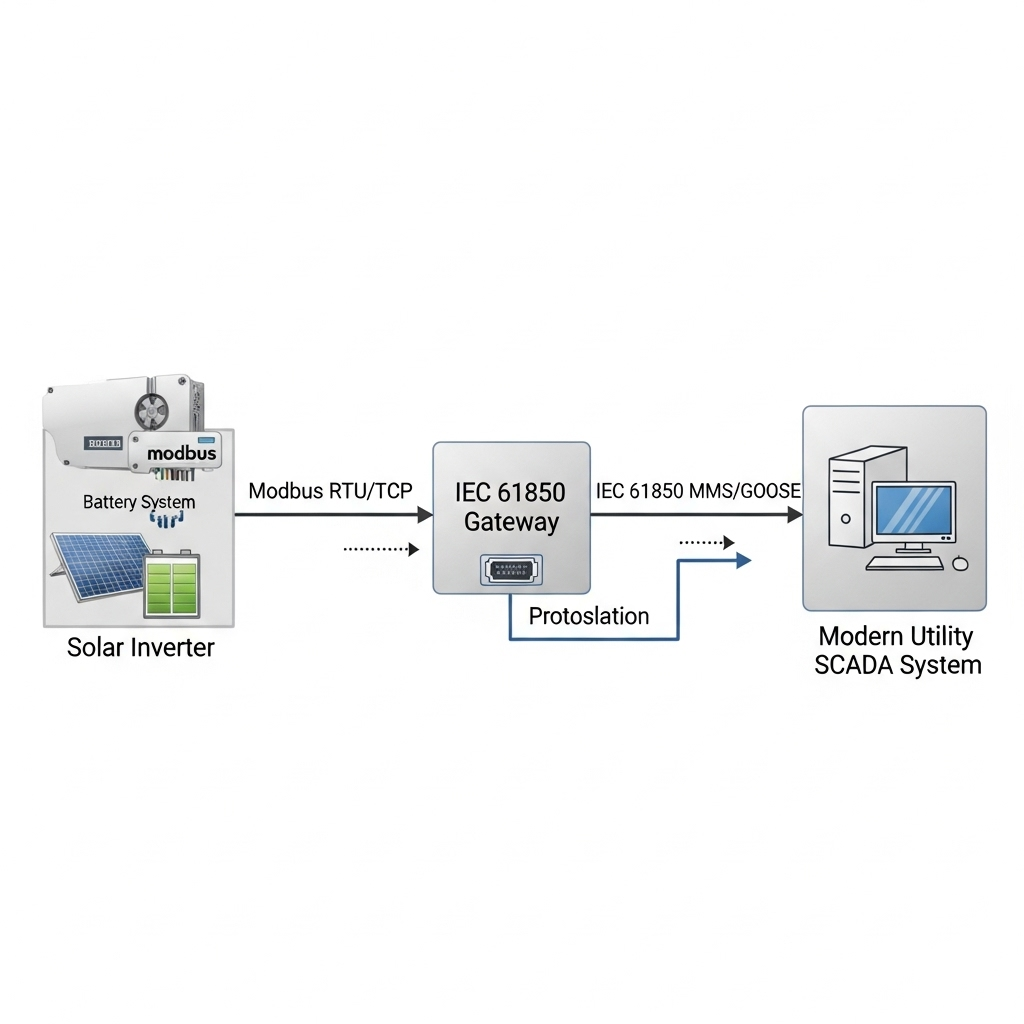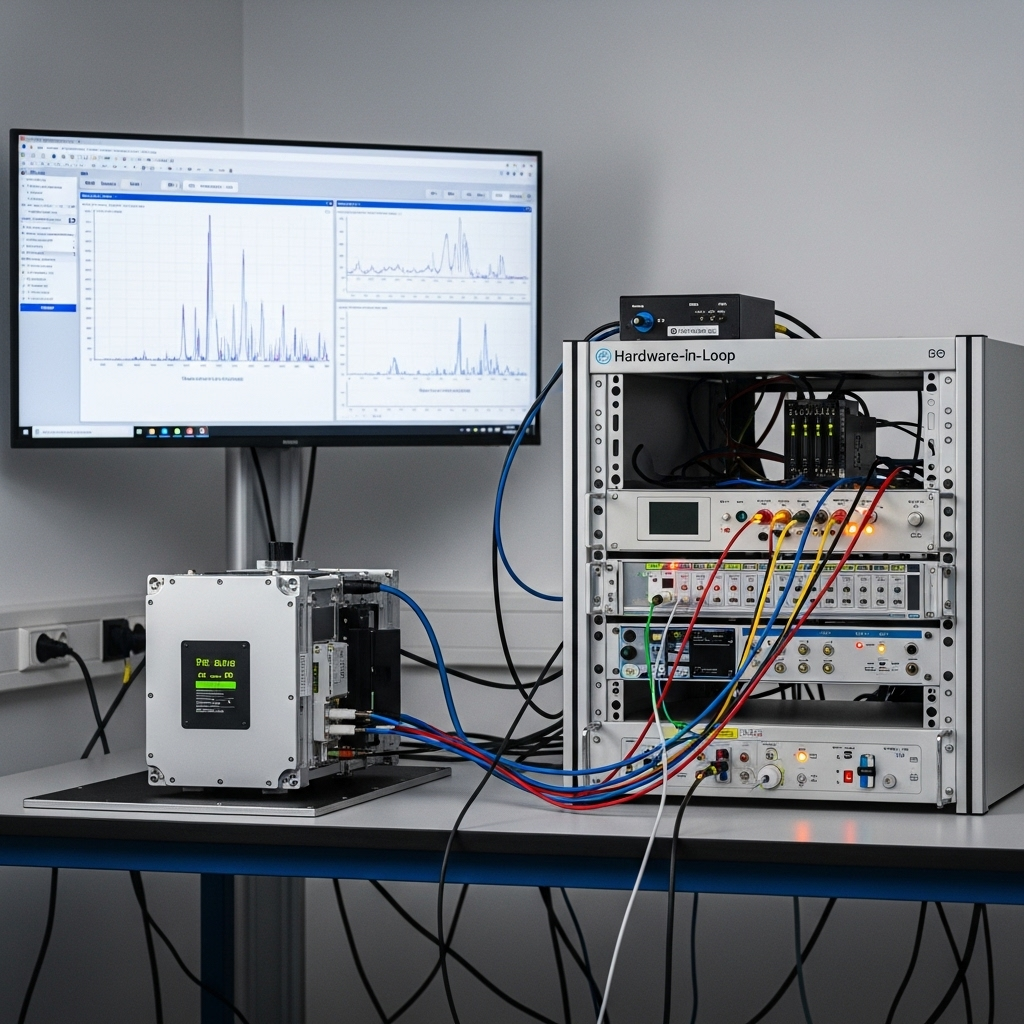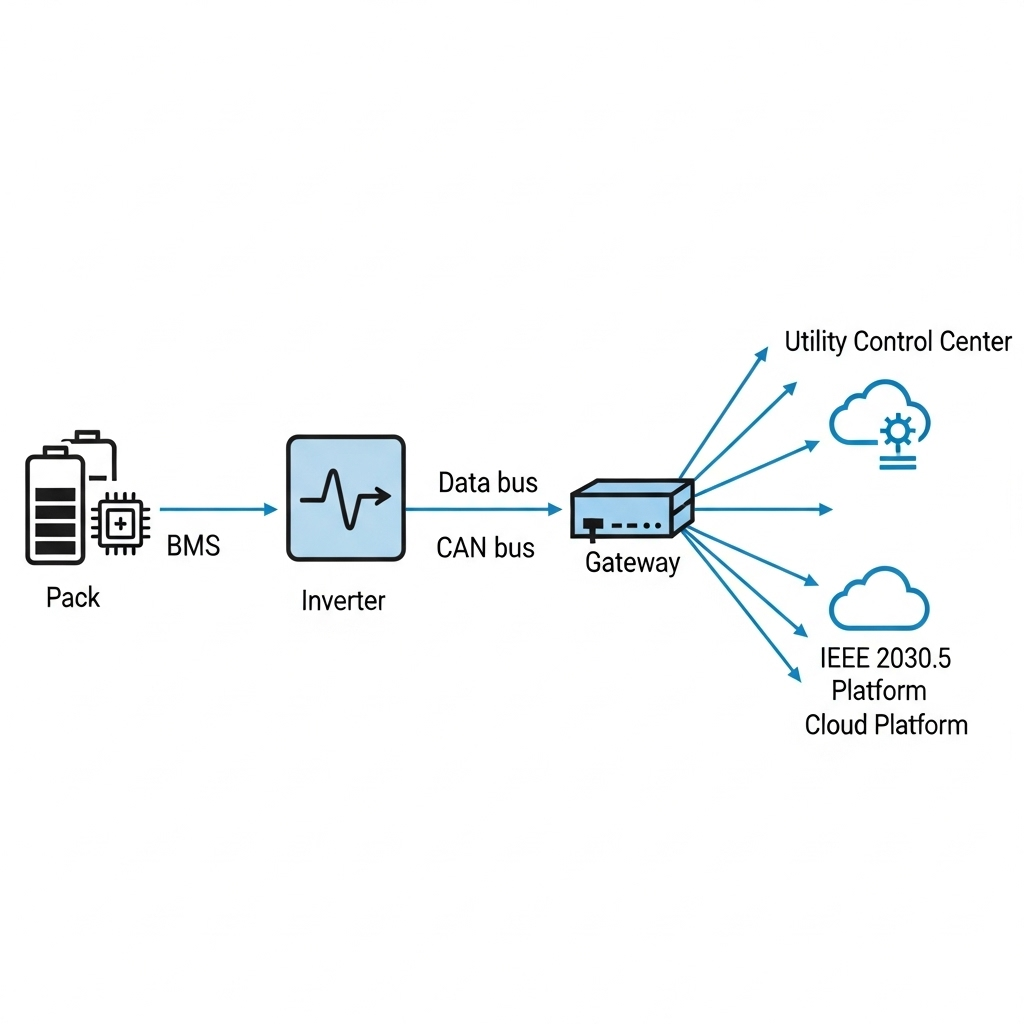Many existing solar and energy storage systems rely on the Modbus protocol for communication. It is a simple and reliable standard. Yet, as energy grids evolve, the demand for more sophisticated, interoperable communication grows. This creates a significant challenge: how do you integrate valuable legacy assets into a modern grid without being trapped by a single vendor's technology? The answer lies in using IEC 61850 gateways. These devices act as a bridge, allowing older equipment to communicate fluently with new systems, preventing costly replacements and breaking the chains of vendor lock-in.
The Communication Protocol Dilemma in Modern Energy Systems
Choosing the right communication protocol is critical for the efficiency and future viability of any energy project. The landscape is dominated by two very different standards: the established Modbus and the comprehensive IEC 61850.
The Legacy Workhorse: Modbus
Modbus has been a trusted protocol in industrial automation for decades. Its simplicity is its greatest strength. It uses a straightforward master-slave architecture where a central controller (master) requests information from devices (slaves) like inverters, meters, or battery management systems. This makes it easy to implement and troubleshoot. However, its simplicity also brings limitations. Modbus lacks a standardized data model, meaning that data is just a series of raw register values. It also has no native security features, making it vulnerable in increasingly connected environments.
The Future-Proof Standard: IEC 61850
IEC 61850 is more than just a protocol; it is a complete framework for designing automated energy systems. It features an object-oriented data model, which gives data context and meaning. Instead of reading a raw value from a register, you access a 'Logical Node' representing a specific function, like 'MMXU' for measurements. This standardization ensures that devices from different manufacturers can communicate seamlessly. According to the Grid Codes for Renewable Powered Systems report, the IEC 61850 family is widely recognized as a key solution for harmonizing communication interfaces across different jurisdictions, simplifying integration.
The High Cost of Vendor Lock-In
Vendor lock-in can quietly undermine the financial and operational health of an energy asset. Understanding its risks is the first step toward avoiding them.
Defining the Trap
Vendor lock-in occurs when you become dependent on a single manufacturer's products and services. This dependency makes switching to a competitor's solution prohibitively expensive or technically complex. In the context of communication, a vendor might use a proprietary or non-standard implementation of Modbus. This forces you to use only their software or hardware to manage the system, effectively locking you into their ecosystem.
Financial and Operational Consequences
The consequences of vendor lock-in are significant. You may face inflated prices for spare parts and software updates, as there is no competition. Your ability to innovate is stifled because you cannot integrate newer, more efficient components from other manufacturers. Scalability becomes a major hurdle. If the original vendor discontinues a product line or goes out of business, your entire system could become obsolete. This lack of flexibility directly threatens the long-term return on investment for your energy assets.
The Gateway Solution: Bridging Modbus and IEC 61850
An IEC 61850 gateway is a powerful tool for modernization. It acts as a sophisticated translator, enabling old and new technologies to work together in harmony.
The Role of a Protocol Converter
At its core, a gateway is a protocol converter. It connects to your legacy Modbus devices on one side and the modern IEC 61850 network on the other. The gateway polls the Modbus devices, collecting data from their registers. It then maps this raw data into the structured, object-oriented format of IEC 61850. Finally, it presents this standardized data to the utility's SCADA system or microgrid controller. This process makes a 15-year-old inverter appear as a fully compliant, modern device on the network.
Key Steps in Implementation
Implementing a gateway involves a clear, methodical process:
- Device Discovery: The first step is to identify all Modbus devices on the network. You will need their Modbus register maps, which are technical documents from the manufacturer detailing where specific data points (like voltage, current, or state of charge) are stored.
- Data Modeling: Next, you create a corresponding data model within the gateway. This involves mapping each Modbus register to an appropriate IEC 61850 Logical Node and Data Object. For example, a Modbus register holding the AC voltage might be mapped to the `PhV.mag.f` attribute within an `MMXU` Logical Node.
- Configuration: With the mapping complete, you configure the gateway's network settings, including IP addresses for both the Modbus (client) and IEC 61850 (server) sides.
- Testing and Validation: The final step is to thoroughly test the connection. You must verify that data is being read correctly from the Modbus devices and reported accurately to the IEC 61850 client, ensuring data integrity across the conversion.
Practical Benefits and Strategic Advantages
Adopting an IEC 61850 gateway strategy offers more than just technical compatibility; it provides tangible financial and operational benefits.
Extending the Lifespan of Legacy Equipment
The most immediate benefit is the preservation of capital. Instead of undertaking a costly 'rip-and-replace' of functional but outdated equipment, you can extend its useful life. A gateway makes your existing assets relevant and compliant with new grid codes, maximizing their value. This approach aligns with the flexibility noted by the IEEE Standards Association, which allows for protocols like IEC 61850 to be used by agreement, even when other standards are listed as defaults.
Enhancing System Performance and Interoperability
Standardized data is actionable data. When a utility or aggregator receives consistent information from a diverse fleet of assets, they can optimize performance more effectively. This integration provides the high-quality data needed to track key metrics. Monitoring the ultimate reference for solar storage performance, such as round-trip efficiency and state of health, becomes simpler and more accurate, leading to better operational decisions and improved profitability.
Future-Proofing Your Infrastructure
By converting to IEC 61850, you are aligning your infrastructure with the international standard for future power systems. This prepares your assets for upcoming grid requirements, such as advanced grid support functions and participation in energy markets. The International Renewable Energy Agency's report on Quality infrastructure for smart mini-grids identifies IEC 61850 as a foundational standard for power utility automation. Adopting it now is a strategic move that ensures long-term relevance and adaptability.
A Comparative Look at Protocol Integration
Choosing an integration strategy requires weighing the short-term simplicity against long-term flexibility. The table below compares a direct Modbus integration with an IEC 61850 gateway approach.
| Feature | Direct Modbus Integration | IEC 61850 Gateway Approach |
|---|---|---|
| Interoperability | Low (Often proprietary and inconsistent) | High (Standardized object models) |
| Scalability | Limited (Requires custom drivers for each new device type) | Excellent (New devices are easily integrated) |
| Data Context | Raw data (Registers require external interpretation) | Rich (Self-describing object models) |
| Future-Proofing | Poor (Tied to an aging protocol) | Strong (Aligned with modern grid standards) |
| Initial Complexity | Low | Moderate |
| Long-Term Cost | Potentially High (Due to vendor lock-in and replacement needs) | Lower (Flexibility reduces total cost of ownership) |
Moving Toward a Smarter, More Open Energy Future
The energy landscape is shifting toward greater intelligence and interoperability. While Modbus has served the industry well, its limitations create significant risks in a modern grid environment. Vendor lock-in, driven by proprietary systems, restricts growth and increases long-term costs. IEC 61850 gateways offer a practical and powerful solution. They provide a strategic pathway to modernize legacy assets, unlock their full value, and ensure they remain productive for years to come. By embracing open standards like IEC 61850, you build a more resilient, flexible, and future-proof energy infrastructure.
Frequently Asked Questions
Is an IEC 61850 gateway expensive to implement?
The initial cost of a gateway and its configuration might appear higher than a direct Modbus connection. However, this investment prevents the much larger long-term costs associated with vendor lock-in, forced hardware upgrades, and limited system scalability. It is a strategic investment in flexibility and a lower total cost of ownership.
Can any Modbus device be integrated using an IEC 61850 gateway?
Generally, yes. As long as the Modbus device has a documented register map, which specifies what data is located at which address, a gateway can be configured to read from it. The key is having access to this technical documentation from the device manufacturer to perform the data mapping correctly.
Does this conversion process introduce latency?
Modern gateways are highly efficient and introduce minimal latency, typically in the millisecond range. For most grid monitoring and control applications, this is negligible and does not impact performance. For high-speed protection schemes, direct communication or native IEC 61850 GOOSE messaging is typically used.
Do I need to be an expert in both protocols to manage this?
While a basic understanding is helpful, the gateway's configuration software is designed to simplify the mapping process. These tools often provide a graphical interface where you define the Modbus source points and map them to the corresponding IEC 61850 data objects. Many system integrators also specialize in this type of protocol integration and can manage the entire setup.





Leave a comment
All comments are moderated before being published.
This site is protected by hCaptcha and the hCaptcha Privacy Policy and Terms of Service apply.